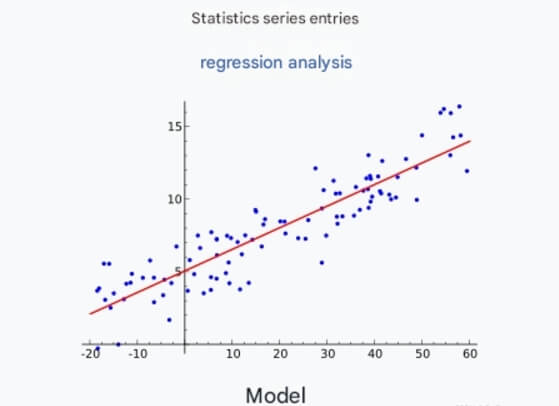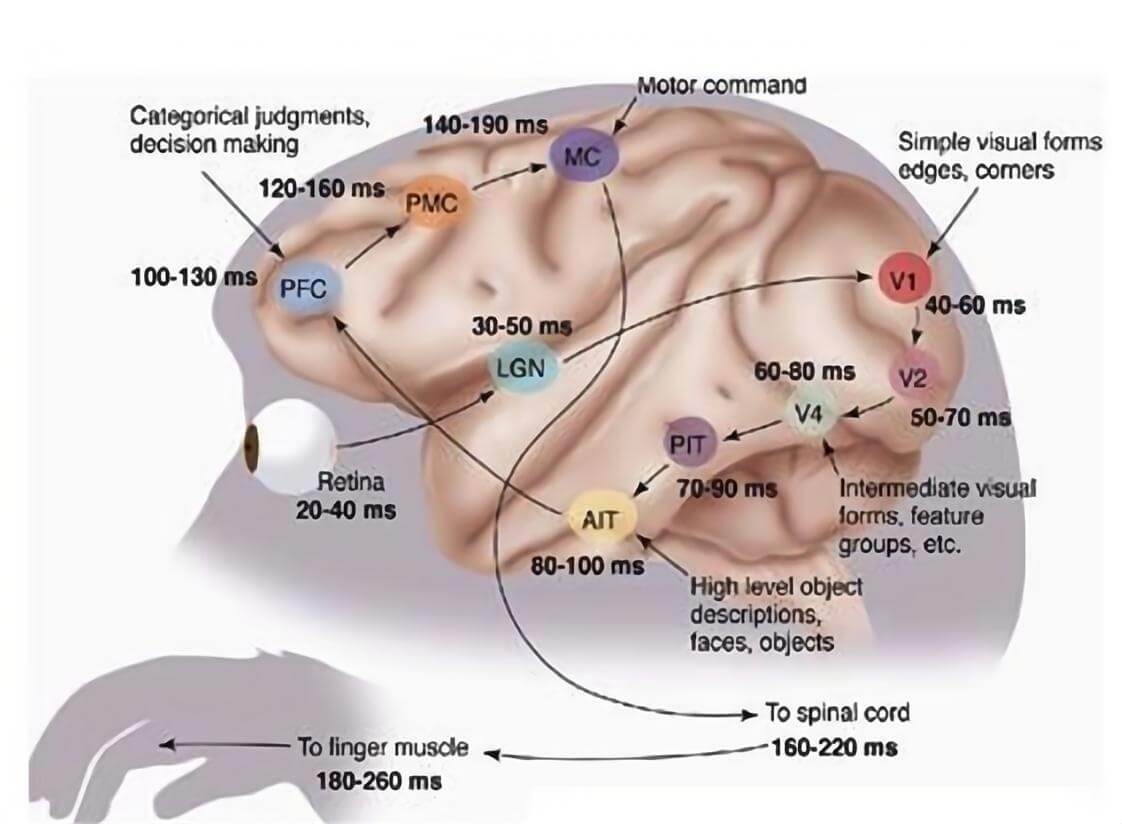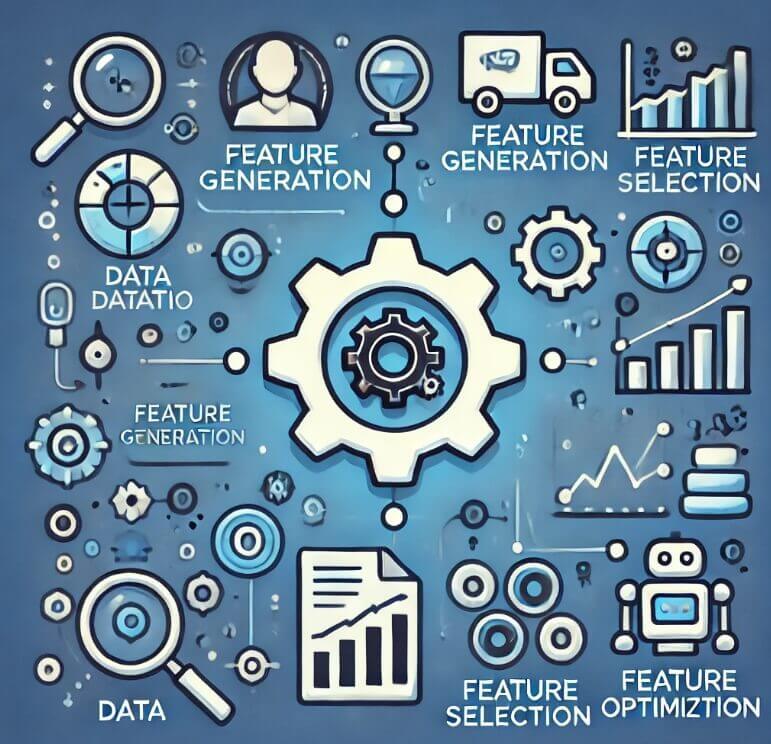In this article, we will explore key feature engineering techniques, explain their importance, and provide practical Python code examples to demonstrate how these techniques can improve your machine learning models. Today, we're introducing an important concept in machine learning: Feature Engineering.
Feature engineering is a critical part of machine learning, involving the preprocessing, transformation, and combination of raw data to create features better suited for model training, thereby improving model performance and predictive capabilities. The main goal of feature engineering is to extract features from the data that help the model understand patterns and learn more effectively.
In this article, we will explore essential feature engineering techniques, explain why they matter, and provide Python code examples to demonstrate their practical application in improving machine learning models.
Why Feature Engineering is Crucial
Feature engineering can:
Improve model accuracy: Well-designed features help models understand the problem better, leading to more accurate predictions.
Reduce overfitting: By selecting relevant features, models can avoid learning from noise.
Make models more interpretable: Features that are intuitive to humans make it easier to explain how the model makes predictions.
Key Feature Engineering Techniques
Let's now explore several fundamental feature engineering techniques with real-world examples and Python code.
1. Handling Missing Data
Real-world datasets often contain missing values. How you handle missing data can significantly impact model performance.
Real-world example: In healthcare, patient records may be missing age or medical history entries. Filling missing values can help preserve valuable data.
import pandas as pd
from sklearn.impute import SimpleImputer
# Sample healthcare data
data = {'age': [25, None, 45, None], 'blood_pressure': [120, 130, None, 140]}
df = pd.DataFrame(data)
# Impute missing values with mean
imputer = SimpleImputer(strategy='mean')
df_imputed = pd.DataFrame(imputer.fit_transform(df), columns=df.columns)
print(df_imputed)2. Feature Scaling
Feature scaling ensures that features of different magnitudes don't overpower smaller ones. This is crucial for distance-based algorithms like k-nearest neighbors and support vector machines.
Real-world example: In financial data, features like income and loan amounts can vary widely. Without scaling, the model might assign greater importance to larger values, such as loan amounts.
from sklearn.preprocessing import StandardScaler
# Sample financial data (income in thousands, loan in thousands)
df = pd.DataFrame({'income': [50, 100, 150], 'loan_amount': [200, 300, 400]})
# Standardize the features
scaler = StandardScaler()
df_scaled = pd.DataFrame(scaler.fit_transform(df), columns=df.columns)
print(df_scaled)3. Feature Encoding
Many machine learning algorithms cannot handle categorical data (like colors or countries) directly. Feature encoding converts categorical data into numerical formats that models can process.
Real-world example: In e-commerce data, product categories like electronics, furniture, and clothing need to be encoded numerically for machine learning models.
df = pd.DataFrame({'product_category': ['electronics', 'clothing', 'furniture']})
# One-hot encoding for product categories
df_encoded = pd.get_dummies(df)
print(df_encoded)4. Feature Transformation
Sometimes, data distributions are skewed, which can negatively affect model performance. Techniques like logarithmic transformations can reduce skewness and make the data more normally distributed.
Real-world example: In real estate, house prices can vary greatly. Most models perform better with less skewed data, and a log transformation can help normalize these distributions.
import numpy as np
# Sample real estate prices
df = pd.DataFrame({'price': [100000, 300000, 500000, 1000000]})
# Apply log transformation to reduce skewness
df['log_price'] = np.log(df['price'])
print(df)5. Binning or Discretization
Binning converts continuous data into discrete categories or bins. This is useful when there’s no linear relationship between the feature and the target variable.
Real-world example: In marketing, age can be grouped into categories (e.g., 18-25 years, 26-35 years) to help segment customers for targeted advertising.
df = pd.DataFrame({'age': [20, 35, 45, 65]})
# Bin ages into categories
df['age_group'] = pd.cut(df['age'], bins=[0, 25, 45, 65, 100], labels=['Young', 'Adult', 'Middle-aged', 'Senior'])
print(df)6. Dimensionality Reduction
High-dimensional datasets can overwhelm machine learning models, leading to overfitting. Dimensionality reduction techniques like PCA can reduce the number of features while retaining most of the information.
Real-world example: In genetics, thousands of genes may be measured, and dimensionality reduction helps identify the most informative genes while ignoring redundant ones.
from sklearn.decomposition import PCA
from sklearn.preprocessing import StandardScaler
# Sample genetics data
df = pd.DataFrame({'gene1': [1.5, 2.5, 3.5], 'gene2': [2.1, 3.2, 4.5], 'gene3': [3.1, 4.1, 5.2], 'gene4': [1.2, 1.8, 2.5]})
# Standardize the data
scaler = StandardScaler()
df_scaled = scaler.fit_transform(df)
# Apply PCA to reduce dimensions from 4 to 2
pca = PCA(n_components=2)
df_pca = pd.DataFrame(pca.fit_transform(df_scaled))
print(df_pca)7. Feature Selection
Not all features are useful for predictions. Feature selection techniques help identify the most relevant features, reduce noise, and improve model performance.
Real-world example: In customer behavior analysis, features like age and purchase history might be more important than click rate for predicting buying behavior.
from sklearn.linear_model import LogisticRegression
from sklearn.feature_selection import RFE
# Sample data
X = pd.DataFrame({'age': [25, 30, 35, 40], 'purchase_history': [1, 0, 1, 0], 'click_rate': [0.1, 0.2, 0.15, 0.3]})
y = [1, 0, 1, 0]
# Logistic Regression model for feature selection
model = LogisticRegression()
# Recursive Feature Elimination (RFE)
rfe = RFE(model, n_features_to_select=2)
fit = rfe.fit(X, y)
# Get selected features
print(f"Selected Features: {X.columns[fit.support_]}")8. Feature Creation Based on Domain Knowledge
Sometimes the most predictive features come from domain knowledge. Combining original features with industry insights can result in better models.
Real-world example: In banking, creating a debt-to-income ratio by dividing loan amounts by income can provide a stronger predictor for credit scoring models than using either feature alone.
df = pd.DataFrame({'income': [50000, 80000, 120000], 'loan_amount': [20000, 40000, 50000]})
# Create a debt-to-income ratio feature
df['debt_to_income_ratio'] = df['loan_amount'] / df['income']
print(df)9. Time-Based Feature Engineering
By extracting time-based features like day, month, or season from time series data, we can capture important time-related trends.
Real-world example: In retail, extracting time-based features from sales data can help capture seasonal shopping trends.
df = pd.DataFrame({'date': pd.to_datetime(['2021-01-01', '2022-05-15', '2023-08-23'])})
# Extract year, month, and day of week
df['year'] = df['date'].dt.year
df['month'] = df['date'].dt.month
df['day_of_week'] = df['date'].dt.dayofweek
print(df)






